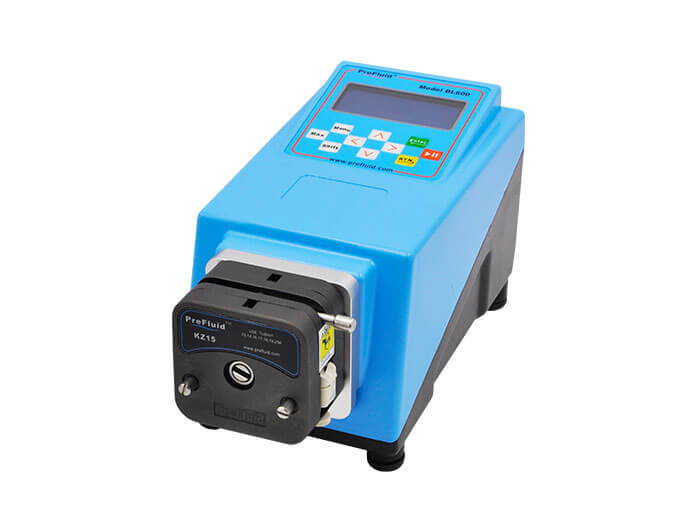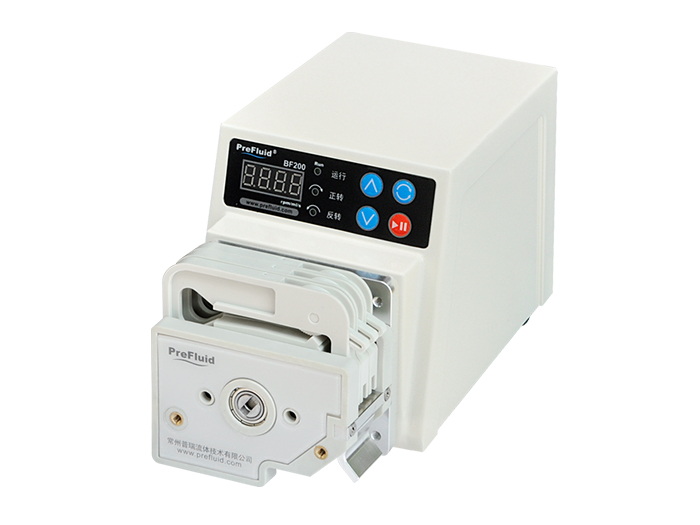The distributed peristaltic pump is a commonly used pump whose main function is to transport liquids to different systems or equipment.
The distributed peristaltic pump is a commonly used pump whose main function is to transport liquids to different systems or equipment. A peristaltic pump is a special type of pump that uses elastic pipes with contraction and reciprocating movement characteristics to send liquid out in a manner similar to peristalsis. The distributive peristaltic pump is a new type of peristaltic pump, which adopts a different pump head design from the traditional peristaltic pump, and distributes and disposes the pump head at the same time in the reciprocating movement, which can more accurately control the flow and discharge of liquid.
The working principle of the distributed peristaltic pump is relatively simple, driven by the motor, the drive shaft and the compression wheel are driven by the reducer, so that the elastic pipe is shrunk and expanded, and the liquid is sent back and forth. Because the distributed peristaltic pump can control the flow and discharge of liquid more accurately, it is widely used in many industrial fields. For example, it can be used to transport liquid substances in different fields such as chemical liquids, food, pharmaceuticals, water treatment, mining and so on.
The advantages of the distributed peristaltic pump are mainly reflected in its accurate and reliable flow control and suitable for different types of liquid substances. The elastic pipe of the peristaltic pump can be easily replaced and has a relatively long service life, so its maintenance costs are also low. In addition, because the distributed peristaltic pump is driven by a motor, its output flow can be precisely controlled and adjusted to meet the needs of different occasions. In addition, because there is no seal between the elastic pipe and the pump body, fewer parts are in contact with the liquid, making the distributed peristaltic pump more hygienic and reliable.
Although the distributed peristaltic pump has many advantages, there are also some problems that need attention. For example, it requires regular maintenance and cleaning to ensure its normal operation and service life. In addition, factors such as the viscosity and temperature of the liquid also affect the performance of the pump. Finally, when the liquid contains solid particles, a filter needs to be installed at the inlet port to avoid clogging in the elastic pipe.
In short, the distributed peristaltic pump is a very excellent liquid transport equipment, with accurate and reliable flow control and suitable for different types of liquid substances. However, the performance and maintenance requirements need to be carefully understood before use. In practical applications, suitable models and configurations can be selected according to needs to achieve better working results.

